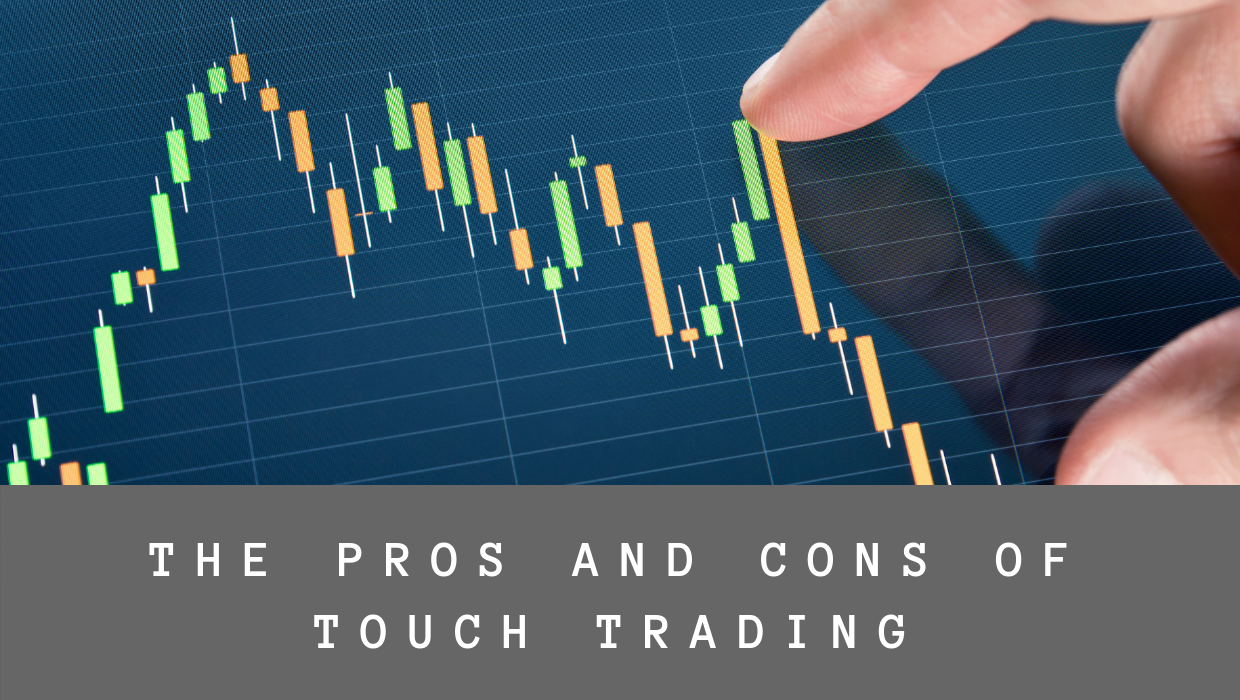It’s a question asked by almost everyone in the events industry: how will technology impact us?
Technology could disrupt your job role, your attendee’s event experience, even the whole industry. So it’s a good idea to keep an eye on some of the emerging event technology trends of 2015, and think about how they could affect you.
Here are a few of those tech trends you should be watching closely this year:
iBeacon / Bluetooth / RFID
iBeacon debuted last year, and has been written about a lot, plus trialled in several interesting ways at different kinds of events, from festivals to conferences.
However, it’s still in its infancy, and will continue to impact how people experience events. From targeted offers to personalised content experiences, venues, event organisers and sponsors can all find useful and innovative ways to connect with attendees.
Internet of Things
Related to iBeacon is the wider idea of putting sensors in just about everything, all communicating with the internet, to create an ‘Internet of Things.’ Because all of these sensors can be programmed to act in a particular (smart) way, they could interact with you even without iBeacon or Bluetooth enabled, simply based on your proximity, touch or some other sensory input.
Because this doesn’t require any opt-in or download from the attendee, Internet of Things (IoT) technology could be even more revolutionary – although more complex – for events moving forward.
For example, imagine an attendee visiting an exhibition booth and just as they approach a product, it automatically boots up and begins its demo? Or perhaps as it senses when they’re walking away, they’re offered a special discount?
Conference rooms could be micro-temperature controlled down to the seat, sensing when a delegate gets too hot or cold; while festivals and music gigs could provide an even more immersive experience to fans by offering interactive games or competitions based on the sensory input they receive.
Wearable Tech
From heart rate monitors to mind control, the breakthroughs and applications in wearable technology are staggering.
How event organisers tap into these technologies is pretty much limited only by the imagination.
For example if you’re running a workshop, you could monitor to check when an attendees heart rate drops, and take that as a cue to spice things up a little with a more interactive event activity, or event just asking everyone to get up and jump around a little.
Perhaps you could take the recently retired (but sure to be back) Google Glass or a GoPro, and recored all of your event attendees individual experiences and mash them up into the ultimate event promotional collage.
Then there are the advances in haptics, which means you’ll conceivably be able to create custom navigations for your exhibition, and have them direct people just based on light sensory touches, for example in their footwear, to tell them where to go next.
If there’s a wearable tech breakthrough, there is bound to be a cool application for events.
Payment Technology
Payment technology like NFC and RFID have been around for a while now, but now that Apple has embraced it for the iPhone with ‘Pay’ and wearables that can include contactless payments proliferate, its time may finally have come in 2015.
Where there are events with an obvious source of in-event revenue – gifts at consumer shows, merchandise at gigs, products at trade shows etc. – expect to see even more options for attendees to purchase them there and then.
It might not be the most exciting or ‘out there’ of these tech trends, but it sure could be profitable!
Big Data and Analytics Software
All of the above technologies inevitably lead to one thing: data. Every time a sensor is added to an event, or other form of communication device, it generate data for the organisers.
While ‘big data’ is a debatable term, for 99% of organisers it will mean they’re dealing with way more data than they have in the past. The question is, what will they do with it?
For some, it could be a liability thanks to security concerns; for others it may just be one big fog of information – but no insights. However for those who embrace it, big data could be the ultimate advantage, as you learn what attendees really want, no by asking them, but by observing their real behaviour.
With these kinds of insights, you can design far better event experiences, improve the effectiveness of sponsorships, and generally do a better job of meeting and exceeding everyone’s expectations.
Related: See how to use Use Marketing Analytics And Eventbrite Reports To Improve Your Event ROI
3D Projection Mapping
Our new writer, Bel Booker, has this down as one of her top trends to watch for in 2015. As she acknowledges, it has been around for a while, but it seems to coming into its own at the moment.
You just have to see some of the applications to get excited about how it could add another dimension to your event’s experience. You could create a show-within-show, the most impactful product demo’s ever, or just have a little fun to get people talking (and sharing on social media).
This is another technology limited only by the imagination.
Drones
It feels like drones are everywhere…in the news at least. While we’ve not yet had a close encounter with them in our day-to-day lives, they’re going to be an ever larger presence in the world.
At technology events, they’re already a staple. However they could be used by any event to create incredible promotional videos. And it doesn’t just have to be large outdoor events with sweeping panoramas that can benefits from drone, just take a look at this video of an awards-like dinner being filmed.
Oculus Rift and other Virtual Reality Tech
Live streaming will seem sooo last century once VR technology breaks out into the mainstream. Any of your attendees can’t make the event, or it’s been more popular than you anticipated and you hit capacity? No problem, just let them plug into an oculus rift (or similar) and they’ll experience the event as though they’re there.
Only it could be even better, because they won’t have the associated costs of travel and accommodation, or the off-putting prospect of trying to find parking or other irritations that can be associated with the live experience.
In terms of opening up your potential market, this could well be the most tantalising and revolutionary of the emerging event technology trends on the list.
Holograms
Holograms could potentially provide a similar at-home experience as VR technology, without the idea of wearing claustrophobic headgear that can interfere with your attendees perceptions of reality. For that reason, this may become even more popular. Just imagine being able to offer fans the chance to have their favourite band playing a few feet in front of them!
Then there is at-event experience. This could be a huge boost for exhibitions, because exhibitors will no longer need to incur the expense of sending sales reps to the actual event. Instead they can do it from the confines of their office. Ditto getting that mega-keynote speaker there.
Need a scalable army of volunteers to help direct people around your venue? Holograms could also provide the answer.
In fact, wherever you rely on a person to be physically present at the event, there is a chance holograms could start to offer a similar experience in the not-too-distant future.
3D Printing
This could be a game-changer for improving the cost and logistics of many events. If you could print a custom stand at the venue, or all of your promotional give-aways, you could potentially save a small fortune in shipping costs. It could also save on last-minute panics when you need that missing piece of equipment, if you can simply print it out.
Not only that, but you could offer a more personalised gift experience to attendees, and offer a much wider range of products for sale too. By inviting visitors to actively shape the products of give-aways they’re being offered, you’ll increase their engagement and be more likely to have them leave with a great experience (and potentially a sale for you, too).
This post shares a few more innovative ideas on how B2B event organisers could use 3D printing technology to enhance their events too.
Conclusion
These 10 emerging technologies are just a few things forward looking event organisers need to keep an eye on. We didn’t touch on the new wave of mobile event apps, robots and robotics or self-driving cars!
And one thing is clear: the change of pace and innovation only keeps increasing. So while it can be a little intimidating, these emerging technologies offer event organisers willing to experiment an unparalleled chance to stand out from the crowd, offer truly unique experiences to attendees and bring their events into the future.
What event technologies are you most excited about? Let us know in the comments below!






